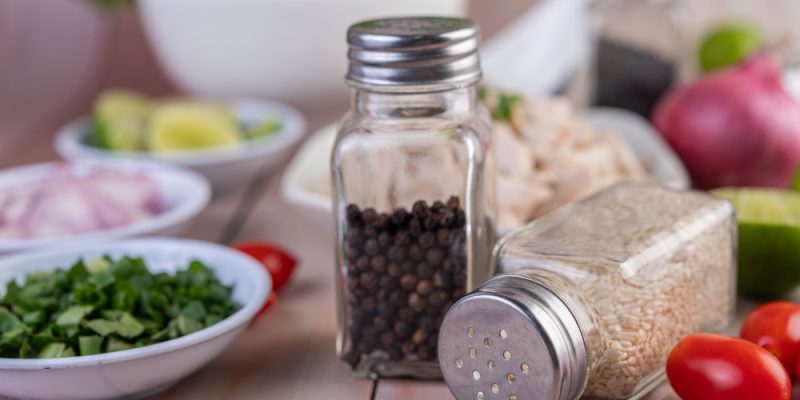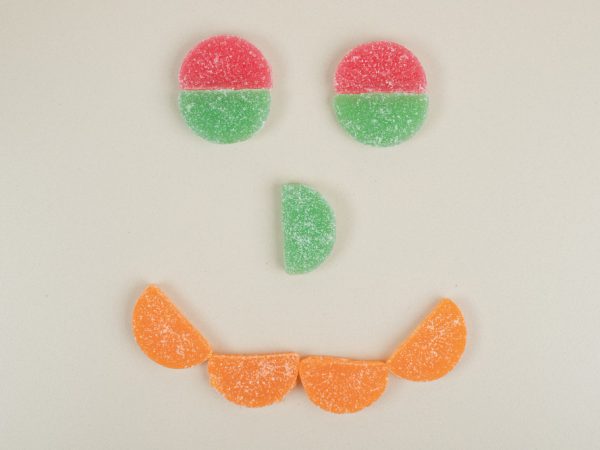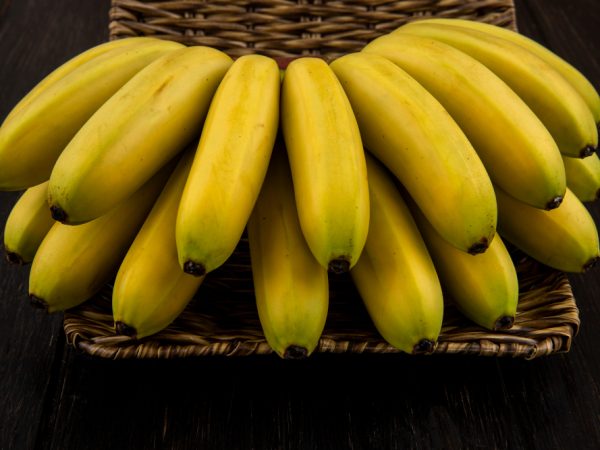Salt Water Taffy Nutrition Facts: Calories, Sugar, and Ingredients Explained

Salt water taffy is a classic seaside candy that brings back nostalgic memories of beach vacations and boardwalk shops. Known for its chewy texture and bright colors, this treat has delighted candy lovers for over a century. While its name might suggest the use of ocean water, there is actually no salt water involved in the recipe. The term “salt water taffy” originated from a humorous incident in Atlantic City in the late 1800s when a candy store flooded with seawater. Despite the name, the taffy’s ingredients are fairly simple — mostly sugar, corn syrup, and flavorings. But how does it really stack up nutritionally?
What Exactly Is Salt Water Taffy Made Of?
Salt water taffy is primarily made from sugar, corn syrup, water, cornstarch, butter or vegetable oil, salt, and natural or artificial flavors. Some recipes also include food coloring and softening agents like glycerin to maintain chewiness. When the mixture is boiled and stretched, it traps air bubbles, giving taffy its signature light and fluffy texture.
From a nutritional standpoint, most of these ingredients are sources of carbohydrates and added sugars. There are no complex nutrients, fiber, or significant protein content, which makes taffy a pure source of quick energy rather than a balanced food.
Calories in Salt Water Taffy
The calorie content in salt water taffy depends on the brand and portion size, but on average, one small piece of taffy contains about 20 to 25 calories. A typical serving of five pieces can add up to 100 to 125 calories. Nearly all of these calories come from sugar and carbohydrates, as taffy contains little to no fat or protein.
If you are watching your calorie intake, it is easy to underestimate how many pieces you eat, since taffy is small and light. A handful of pieces can quickly add up in calories, especially when consumed along with other sweets or beverages that contain sugar.
Sugar Content and Its Impact on Health
One of the biggest nutritional concerns with salt water taffy is its high sugar content. Each piece contains about 3 to 4 grams of sugar, which means a small handful can contain over 15 grams. This is roughly equivalent to four teaspoons of sugar.
While sugar provides a quick burst of energy, consuming too much can lead to energy crashes, tooth decay, and increased risk of metabolic issues like insulin resistance and type 2 diabetes. According to health guidelines, women should limit added sugar intake to about 25 grams per day, and men to about 36 grams. A few servings of taffy can easily reach this limit.
Does Salt Water Taffy Contain Fat or Protein?
Traditional salt water taffy contains almost no fat or protein. Some homemade or gourmet versions may include butter, milk, or cream, but the amounts are usually small. Therefore, the candy does not provide essential macronutrients that help maintain satiety or muscle repair.
Because of this, salt water taffy is considered an “empty-calorie” food — it provides energy but lacks vitamins, minerals, fiber, and other nutrients that contribute to overall health.
Common Ingredients and Additives in Taffy
Aside from sugar and corn syrup, commercial taffy often contains a few additional ingredients to enhance flavor, color, and texture. These may include:
- Artificial flavors and colors: Used to create the wide variety of flavors, from fruity to chocolatey to minty.
- Salt: A small amount balances sweetness and enhances flavor.
- Glycerin or lecithin: Used to keep the taffy soft and prevent it from sticking.
- Preservatives: Some brands use preservatives to extend shelf life.
While these additives are approved for consumption, individuals with allergies or sensitivities should read labels carefully, especially if they are avoiding artificial colorings or flavoring agents.
Is Salt Water Taffy Gluten-Free or Dairy-Free?
Most commercial salt water taffy is gluten-free because it does not contain wheat or gluten-containing ingredients. However, cross-contamination can occur in factories that process other products with gluten. Always check the label or manufacturer’s website if you have celiac disease or gluten sensitivity.
In terms of dairy, traditional recipes often include butter, but many mass-produced taffies use vegetable oil instead. Some versions may be dairy-free, while others are not, so it is best to verify the ingredient list if you are lactose intolerant or vegan.
Comparing Salt Water Taffy to Other Candies
When compared to other candies, salt water taffy sits somewhere in the middle in terms of sugar and calorie density. A single piece has fewer calories than a chocolate truffle or caramel, but because taffy is easy to chew and comes in small portions, people often eat multiple pieces at once.
Unlike chocolate, taffy does not provide antioxidants or small amounts of minerals. However, it also tends to be lower in fat than chocolate-based treats. In essence, it is primarily a sugary treat with minimal nutritional benefits — best enjoyed occasionally rather than daily.
How to Enjoy Salt Water Taffy in Moderation
It is entirely possible to enjoy salt water taffy as part of a balanced diet if you do so mindfully. The key is portion control. Consider the following tips:
- Set a limit before you start eating, such as two or three pieces.
- Avoid eating directly from the bag, as it makes it harder to track how much you consume.
- Pair with a glass of water or a protein-rich snack to help balance blood sugar levels.
- Savor slowly, enjoying the flavor and texture to make a small portion more satisfying.
By treating taffy as an occasional indulgence rather than a daily habit, you can enjoy its sweetness without derailing your nutrition goals.
Healthier Alternatives to Salt Water Taffy
If you have a sweet tooth but want to reduce sugar intake, there are several alternatives that can satisfy cravings without as much added sugar. Look for candies made with natural sweeteners like stevia or monk fruit, or choose fruit-based snacks like dried fruit or yogurt-covered berries.
You can also make your own version of taffy at home using reduced sugar recipes that incorporate honey or coconut sugar instead of refined white sugar. Although homemade taffy will still contain sugar, you have control over the ingredients and can avoid artificial colors or additives.
Conclusion
Salt water taffy is a timeless treat that captures the joy of summer and nostalgia of the seaside. However, from a nutritional perspective, it is best viewed as a small indulgence rather than a regular snack. With its high sugar content and minimal nutrients, it should be enjoyed occasionally and in moderation.
Understanding the nutrition facts allows you to make informed choices and enjoy sweets without guilt. By balancing treats like taffy with nutrient-dense foods, you can maintain both enjoyment and wellness in your diet.
FAQs
1. Does salt water taffy actually contain salt water?
No, despite the name, salt water taffy does not contain seawater. It includes regular salt and water, but the term originated as a marketing joke after a candy shop was flooded with ocean water in the late 1800s.
2. How many calories are in one piece of salt water taffy?
Each piece typically contains around 20 to 25 calories. The total will vary depending on the brand, flavor, and size.
3. Is salt water taffy vegan-friendly?
Some brands are vegan, but others use butter, milk, or gelatin. Always check the ingredient list before purchasing if you follow a vegan diet.
4. Can people with gluten intolerance eat salt water taffy?
Most taffy recipes are naturally gluten-free, but cross-contamination is possible during production. Look for certified gluten-free brands for safety.
5. How long does salt water taffy stay fresh?
Properly wrapped taffy can last several months at room temperature. Keep it in a cool, dry place to prevent it from melting or hardening.
Also read: Manhattan Jeep Service: Expert Maintenance and Repairs in NYC










